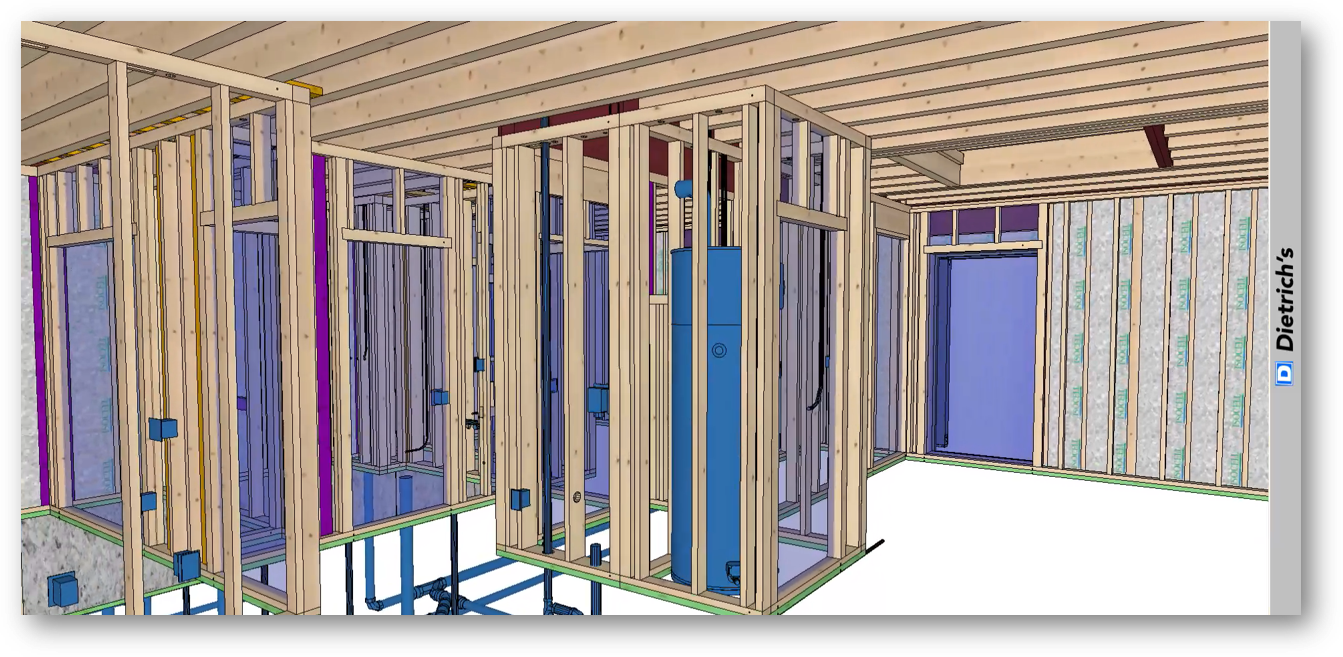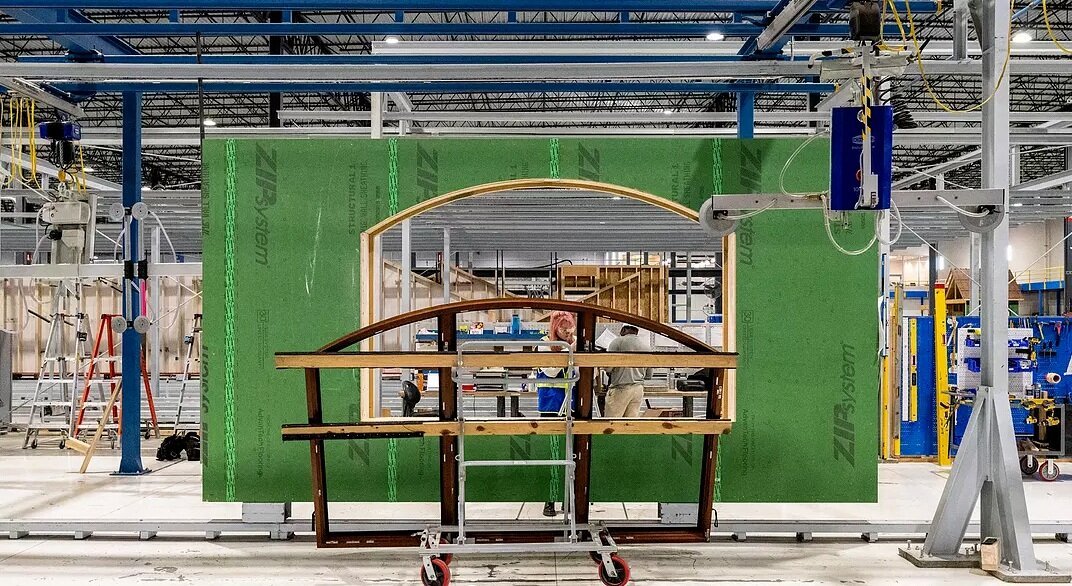
Carbon Neutrality and Net Zero Performance Through Passive Construction
The most direct and efficient building path to Carbon Neutrality and Net Zero Performance is through Passive Design and Construction Standards. Blueprint Robotics is widely recognized for its Passive Construction expertise.
The Blueprint Advantage
Blueprint’s Passive Engineering capabilities and 3D preconstruction coordination combined with the precision of our manufacturing process sets us apart in the application and execution of Passive Construction principles.
Unlike other building certifications, Passive Design Standards stipulate that quantifiable building operations must be compared to a project’s Passive Design performance criteria. The precision of the Blueprint Method helps to ensure that those performance criteria are met or exceeded.
Passive Design Principles
Passive Construction comprises a set of design principles used to attain a quantifiable level of energy efficiency, air quality and occupied comfort level while reducing a project’s carbon footprint. Passive buildings are designed and built-in accordance with five building-science principles that optimize energy gains and losses in different climatic conditions.
The use of a minimal space conditioning system.
Continuous insulation throughout the entire envelope and the reduction of thermal bridging.
An airtight building envelope that prevents infiltration of outside air and loss of conditioned air.
The use of high-performance windows (double or triple-paned windows depending on climate and building type) and doors that help manage solar gain for heating purposes in the heating season and to minimize overheating during the cooling season.
The use of balanced heat and moisture recovery ventilation.
Passive Building Benefits
Passive design and construction strategies carefully model and balance a comprehensive set of factors including heat emissions from appliances and occupants to keep the building at comfortable and consistent indoor temperatures throughout the heating and cooling seasons. As a result, passive buildings offer significant long-term benefits in addition to energy efficiency.
Super-insulation and airtight construction provide superior comfort even in extreme weather conditions.
Continuous mechanical ventilation of fresh filtered air provides a much higher quality of indoor air.
A comprehensive systems approach to modeling, design, and construction produces more resilient buildings.
Passive building principles offer the best path to Net Zero and Carbon Neutral results by minimizing the load that renewables are required to provide.








